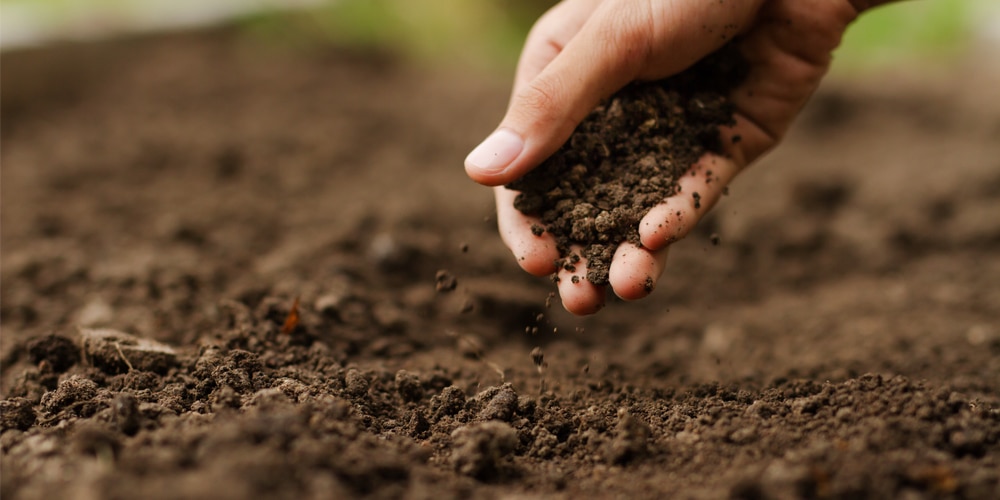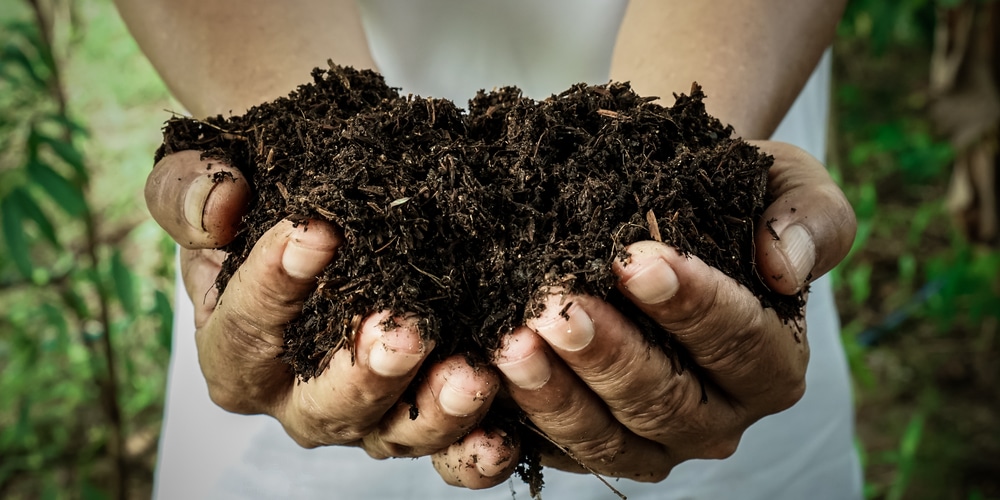Having a noticeably large depression in your lawn can be very disturbing. Unfortunately, many things, including settling, drainage issues, and various natural and unnatural causes, may make your lawn uneven over time. Whatever is the cause of unevenness in your yard, you will want to fill up the holes quickly to keep your lawn in good shape.
If you are planning landscape renovation, one of the things you need to consider is filling in deep depressions.
Well, before getting started with filling, you need to find the best dirt for your lawn. This is very important, especially if your grass is fussy with growing conditions. For homeowners and gardeners with St Augustine grass, this post will cover the best dirt to consider for your lawn.
What is fill dirt?

Fill dirt is the earthy material (soil) that occurs underneath the topsoil, just below the root systems. It usually comprises of broken-down clay, sand, and rocks. Gardeners often consider it the best option for filling lawn holes and depressions. It is also preferred for creating mounds where there is a need to change the elevation of an existing land area.
Of significance, fill dirt is not a nutrient-rich substrate. It is preferred for filling lawn dents because it compacts pretty well and doesn’t shrink or expand in different weather conditions, which helps ensure evenness for longer.
The best fill dirt for St. Augustine grass
The dirt you use to fill depressions in your lawn determines whether or not grass will continue. That said, the first step to choosing the right fill dart for St. Augustine grass is understanding the type of soil this grass thrives in.
St. Augustine grass grows best in sandy, well-drained soil with a slightly acidic pH. The soil also needs to be aerated.
When filling your lawn, you should use dirt that provides your grass with ideal growing conditions. This is crucial, especially if you want to preserve the grass in the areas you want to fill. That said, sandy fill, such as river sand or pump sand, is the best for use in lawns with St. Augustine.
Sandy fill provides the well-draining, well-aerated environment St. Augustine grass requires to thrive. Unless you are filling a very deep depression (more than 2 inches deep), your grass will most likely grow through the fill and provide a desirable look.
When is the best time to fill your lawn?
From choosing when to plant to determining when to fertilize and prune, timing is key to establishing a healthy, thriving lawn. When it comes to spreading a load of dirt to make your yard even, there is also the right time to do it.
Well, spring is the best time to level your uneven lawn. The idea is to apply the fill dirt when the grass is actively growing. This will allow your lawn to re-establish before summer’s heat arrives. Always apply dirt to a newly mowed lawn — the shorter grass blades of a freshly cut lawn tend to stand up better when you are spreading the fill.
Notably, St. Augustine grass will only reliably grow through up to about 2 inches of sandy fill. Applying fill dirt deeper than this will likely kill your grass. Should your grass fail to grow through the fill dirt, lay new sod where the grass is not growing. Otherwise, you will have unsightly patches.
Best fill dirt for St Augustine grass: Conclusion
St. Augustine grass grows best in well-draining, aerated sandy soil. Regarding leveling lawns with St. Augustine grass, sandy fill is the way to go. Besides offering favorable growing conditions for your grass, its loose nature allows the grass to through easily.

